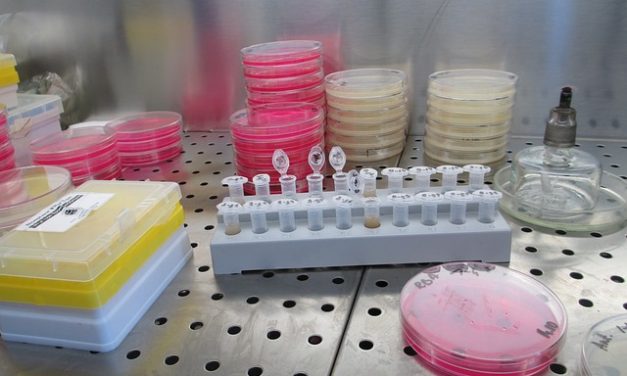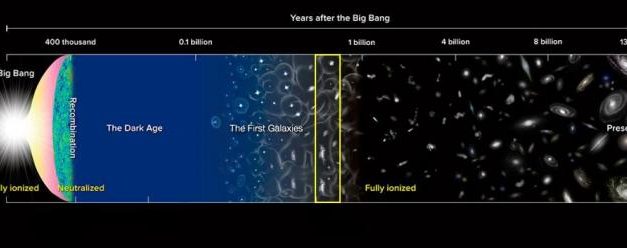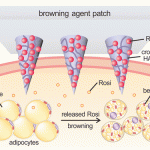Synthetic Yeast Genome Project Take Major Step Toward Creating Synthetic Life (w/Video)
Most of us are familiar with that iconic scene where Doctor Victor Frankenstein, on succeeding with his attempt to create human life cries out dramatically, “it’s alive”. In reality, scientists are still on a quest to understand how to design life from scratch, long after it was imagined a possibility. Scientists today are able to alter and repair DNA, but not create new life. Researchers led by project director Jef Boeke, are taking the radical perhaps controversial step to create entirely man-made, custom-built DNA at New York University lab in the Alexandria Center for Life Sciences in New York as part of the Synthetic...
Read More









